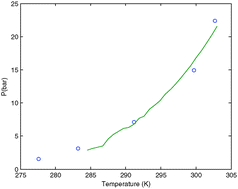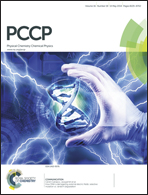Consequences of CO2 solubility for hydrate formation from carbon dioxide containing water and other impurities
Abstract
Deciding on the upper bound of water content permissible in a stream of dense carbon dioxide under pipeline transport conditions without facing the risks of hydrate formation is a complex issue. In this work, we outline and analyze ten primary routes of hydrate formation inside a rusty pipeline, with hydrogen sulfide, methane, argon, and nitrogen as additional impurities. A comprehensive treatment of equilibrium absolute thermodynamics as applied to multiple hydrate phase transitions is provided. We also discuss in detail the implications of the Gibbs phase rule that make it necessary to consider non-equilibrium thermodynamics. The analysis of hydrate formation risk has been revised for the dominant routes, including the one traditionally considered in industrial practice and hydrate calculators. The application of absolute thermodynamics with parameters derived from atomistic simulations leads to several important conclusions regarding the impact of hydrogen sulfide. When present at studied concentrations below 5 mol%, the presence of hydrogen sulfide will only support the carbon-dioxide-dominated hydrate formation on the phase interface between liquid water and hydrate formers entering from the carbon dioxide phase. This is in contrast to a homogeneous hydrate nucleation and growth inside the aqueous solution bulk. Our case studies indicate that hydrogen sulfide at higher than 0.1 mol% concentration in carbon dioxide can lead to growth of multiple hydrate phases immediately adjacent to the adsorbed water layers. We conclude that hydrate formation via water adsorption on rusty pipeline walls will be the dominant contributor to the hydrate formation risk, with initial concentration of hydrogen sulfide being the critical factor.


 Please wait while we load your content...
Please wait while we load your content...